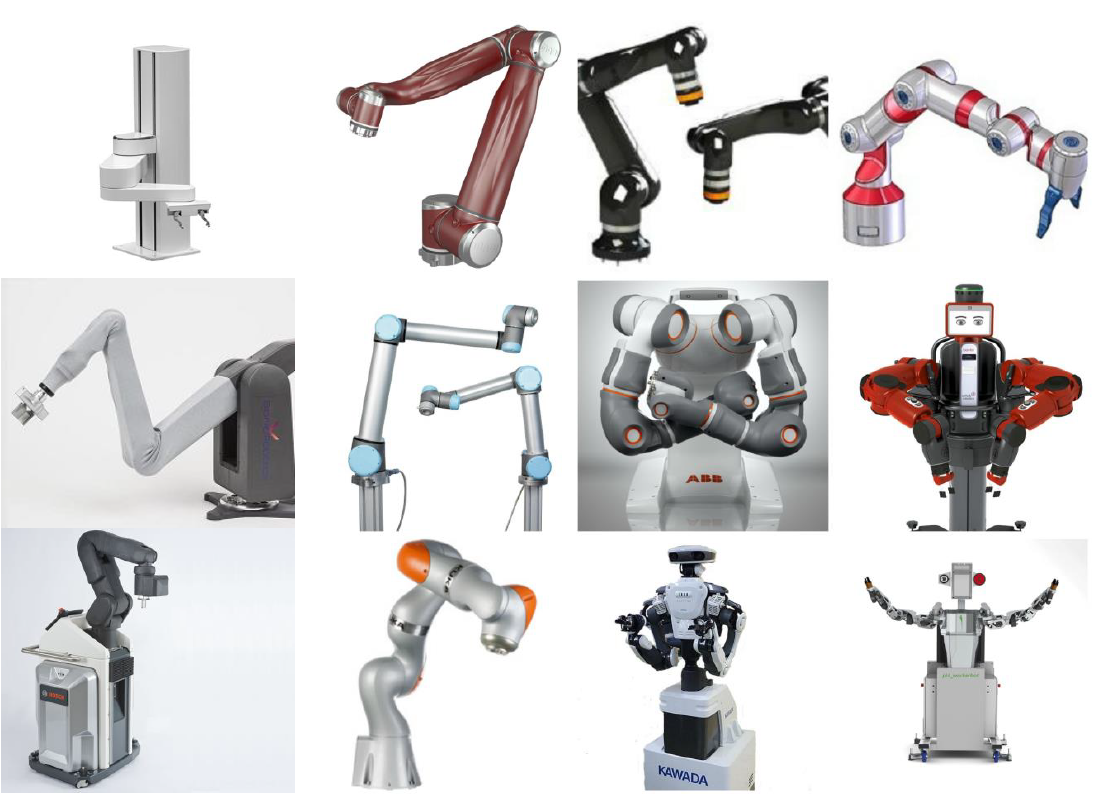The worldwide collaborative robot market is expected to be worth $95 billion by 2024, according to a new report by Transparency Market Research.
Companies in the global collaborative robot market are focused on the acquisition of smaller and local automation companies to expand their operations, says Transparency.
Leading companies such as ABB, Kuka, Kawasaki Heavy Industries, and Robert Bosch are expected to launch products in the coming years to fulfil the requirement of their clientele in the several end-user industries.
According to the research report, the global collaborative robot market was worth just over $10 billion in 2015 and is expected to be worth $95 billion by the end of 2024.
During the forecast period of 2016 and 2024, the global collaborative robot market is expected to expand at a growth rate of 30 per cent.
North America to acquire leading share despite slump
On the basis of application, the global market is divided into packaging, quality testing, material handling, machine tending, assembly, welding, and others. Of these, the material handling segment is anticipated to lead the global market despite a slight slump.
By the end of the forecast period, this segment is expected to acquire a share of 24 per cent in the global market. The assembly segment is also projected to showcase steady growth in the global market during the forecast period.
In terms of geography, the global market is fragmented into North America, Europe, Asia Pacific, the Middle East and Africa, and Latin America. Amongst all the regions, Europe has held the leading share in the global market and is estimated to show this dominance throughout the forecast period.
However, this regional market will show a slower growth rate settling at a share of 34 per cent in the overall market by 2024 after a minor slump. The slow trend will be a result of developed industries in the region that are likely to hold back the demand for collaborative robots.
Affordability of collaborative robots promises growth
The innovative approaches at humanizing robots to simplify mechanical tasks have augmented the demand for collaborative robots in recent years, says Transparency.
The market has gained adequate moment over the past few years due to the various sizes of collaborative robots that allow automation companies to pick from a wide range of products.
The ability of collaborative robots to work in tandem with the human workforce in an absolutely safe manner is also driving the uptake of collaborative robots in various industries.
The global collaborative robot market has also been flourishing due to the growing demand for automation in industries such as food and beverages, packaging, automotive, and material handling among others.
The assured precision that automation delivers has proven to be the key growth driver of the global market. The relatively low price of collaborative robots and a higher return on investment is expected to keep the demand for these products steady throughout the forecast period.
The falling price of computer processing capacity and sensors have made the price of collaborative robots remarkably affordable in the past few years, supporting its persistent adoption.
Slower cycle time deters market growth
The key restraint in the global collaborative robot market is the slow rate of cycle time as making an addition of new functionalities and speed despite low price remains a challenge. Changing work environments require robots that are work faster and at an efficient pace, says Transparency.
However, meeting this demand while adhering to the valued factor of affordability has left several manufacturers in a complex conundrum. Therefore, the global collaborative robot market is being hampered by the lack of faster cycle time capability.

